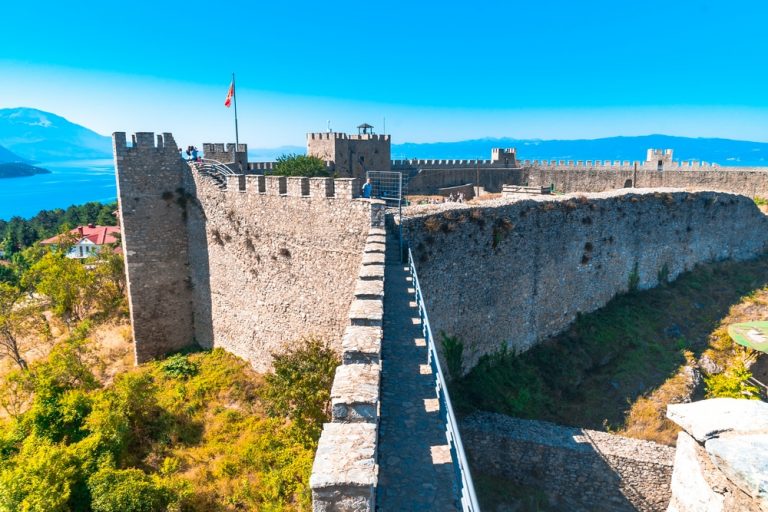
Some posts include compensated hyperlinks. Please learn this disclaimer
for more information.
At this time, Macedonia is among the smallest international locations in Europe, a residing proof that every one good issues in life are available small packages. Nevertheless, don’t let its measurement idiot you; Macedonia is a rustic with a wealthy historical past.
In truth, there are greater than 4,700 archaeological websites unfold throughout the nation, however just a few of them have been adequately explored. There are a lot of historical websites in Macedonia, with the oldest ones courting again to the Paleolithic age. All of those can’t be lined in a single article, however we’ll do our greatest to cowl a few of Macedonia’s most fascinating archaeological websites.
Skopje Fortress (Kale), Skopje
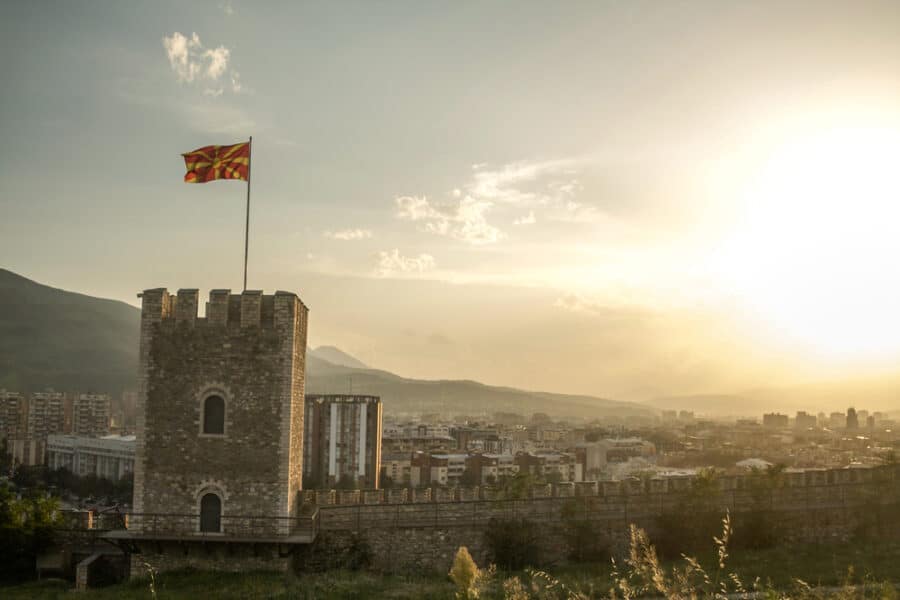
Sitting on a cliff above the Vardar Riverbank, the ‘Kale’ has been maintaining a tally of Skopje for hundreds of years. The fortress was initially constructed by the Byzantines within the sixth century and modernized by the Ottomans.
Nonetheless, quite a few sources join the placement of Skopje’s most well-known fort to remnants of human civilization courting again to 4,000 years B.C. The oldest detailed description of the fort dates again to the 14th century when Turkish author Celebi described Kale as a stronghold adorned with 70 bastions, tons of of buildings, soldier quarters, munition depots, three large gates, an underground cave that connects the fort to the river, and a bazaar with 2,000 outlets.
At this time, the enduring Kale is one among Skopje’s hottest vacationer points of interest and residential to among the metropolis’s greatest festivals.
Isar (Tetovsko Kale), Tetovo
Situated two kilometers from town heart, Isar is a fortress that dates again to the Late antiquity period. The fort was restored and re-enforced in 1820 by Ottoman Pasha Abdurahman. On the southern aspect of the fort, you’ll find remnants of Hellenistic pithos, imbrex, and the gula, making many historians scratch their heads (as a result of the fort was constructed in the course of the Byzantine period).
Sadly, Isar was severely broken in the course of the army battle of 2001, but it surely’s one among Tetovo’s most necessary landmarks even as we speak.
Samuel’s Fortress, Ohrid
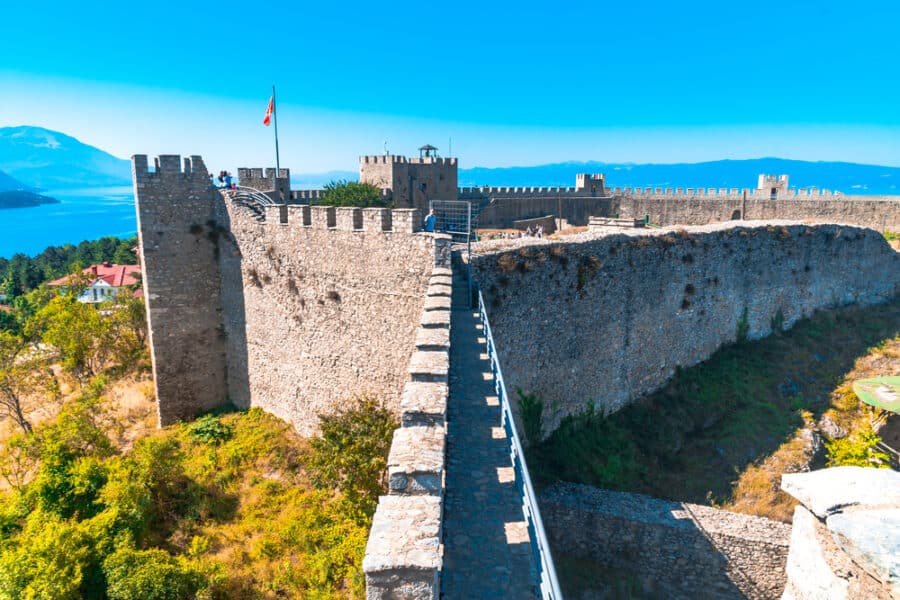
Throughout a brief a part of his reign, Tzar Samuel transferred the capital of his kingdom to town of Ohrid, the place this huge fort was constructed. The primary fort at this location was constructed throughout Phillip V’s reign, however its present-day look dates again to the 4th century A.D.
Through the fort’s glory days, it was one of the unapproachable fortifications within the area that even survived the infamous Ostrogoths’ assaults. When Samuel selected this location for his capital’s stronghold, the fort was additional strengthened and upgraded.
At this time, Samuel’s Fortress is among the most well-known points of interest in Ohrid due to its historic significance and the improbable view of town you will get on the high.
Scupi, Skopje
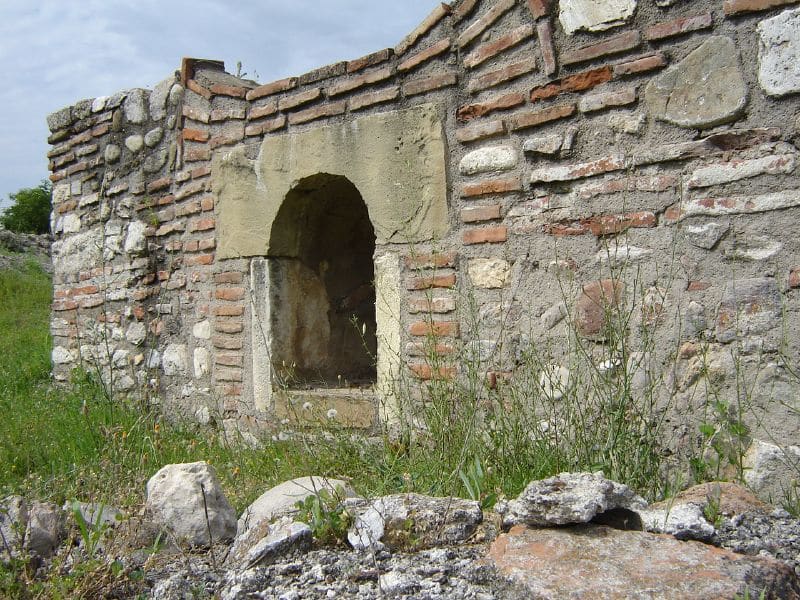
Scupi is an previous Roman settlement that dates again to someplace across the third century B.C. After the Macedonian-Roman wars, Scupi was become a army camp for the veteran legionnaires. It established itself as one of many area’s buying and selling hubs all through the years as a consequence of its glorious location. Scupi’s glory days led to 518 A.D. when a significant earthquake struck, destroying many of the metropolis.
At this time, Skupi appears solely forgotten by the native authorities, regardless that it has the potential to change into one among Skopje’s most well-known vacationer points of interest. If you wish to go to, it’s essential to take bus quantity 21, get off on the final station and take a brief 15-minute stroll on the street resulting in the native graveyard.
Tauresium, Taor, Skopje
Tauresium is an historical archaeological web site that options the remnant of what was as soon as an awesome metropolis that was the birthplace of King Theodahad of the Ostrogoths and Byzantine Emperor Justinian I. This archaeological web site is situated round 20 kilometers away from Skopje within the municipality of Zelenikovo.
In accordance with a number of historic sources, there was an enormous fortress within the heart of the city. Nonetheless, most of Tauresium was destroyed by the identical earthquake of 518 that destroyed the traditional city of Scupi.

The Citadel Above The River Pčinja, Skopje
When driving alongside the E75, midway between Skopje and Veles, close to the confluence of the rivers Vardar and Pcinja, you’ll see the remnants of an interesting medieval fortification.
Regardless that historians don’t know a lot about this fortress, this location proper above the gorge definitely provides this fortification an awesome ‘pure protection.’ Not too long ago, archaeologists found traces of human settlements courting again to 3500 years B.C.
Stobi, Veles
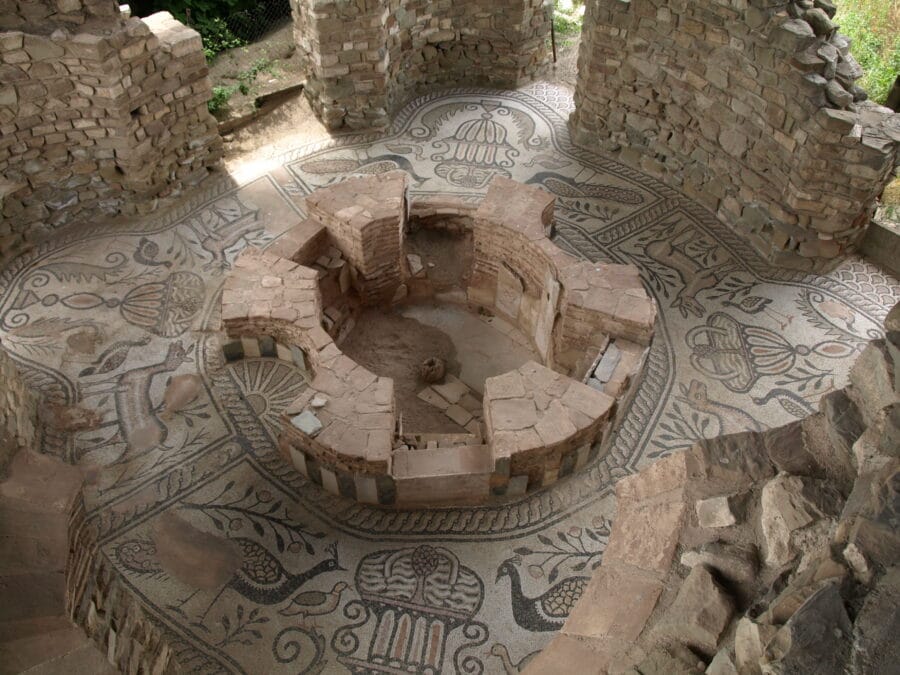
Situated on the confluence of the rivers Crna and Vardar, Stobi is one among Macedonia’s most well-known archaeological websites. Stobi was first talked about in 197 B.C. in an historical script referring to the victory that Phillip V’s troops achieved towards the Dardanians however the oldest-discovered artifacts discovered on the location date again to the seventh century B.C.
Through the Roman period, Stobi was a regional buying and selling hub due to its terrific location within the coronary heart of the Macedonia province. The city had a number of medieval basilicas, a Roman necropolis, an amphitheater, and several other Hellenic graves. Stobi was one of the necessary medieval facilities in Macedonia till the sixth century. The large earthquake of 518 destroyed many of the metropolis (many scientists consider that this earthquake was one of the highly effective earthquakes within the Balkan area has ever witnessed).
Kokino Observatory, Kumanovo
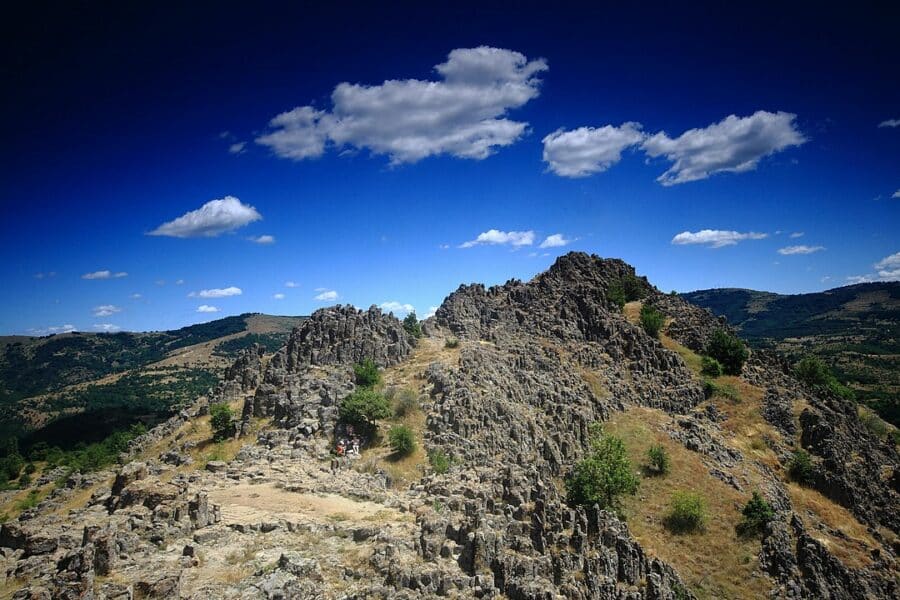
The Megalithic Observatory of Kokino is a newly-discovered archaeological web site (2001) that occurs to be one of many world’s oldest area observatories. In accordance with NASA, Kokino is 3,800 years previous, making it the fourth oldest observatory on this planet. Nevertheless, the observatory is simply part of this archaeological web site that spreads throughout 5,000 sq. meters and consists of two platforms with an elevation distinction of 19 meters.
At this time, the Kokino archaeological web site is turning into more and more well-liked amongst worldwide vacationers and is on UNESCO’s World Heritage Website tentative listing.
The Fifteen Holy Martyrs Of Tiberiopolis, Strumica
Triberiopolis was the traditional identify of town of Strumica. The fifteen holy martyrs have been individuals who misplaced their lives due to their Christian beliefs underneath the orders of the Roman emperor Julian the Apostate.
Shortly after this, they have been celebrated protectors of town and have been even proclaimed as saints. There are a lot of church buildings in and round Strumica dedicated to the fifteen holy martyrs of Tiberiopolis.
At this time, within the place the place the martyrs have been executed, there’s a church, and contained in the church, you possibly can nonetheless see the martyr’s tombs.
Markovi Kuli, Prilep
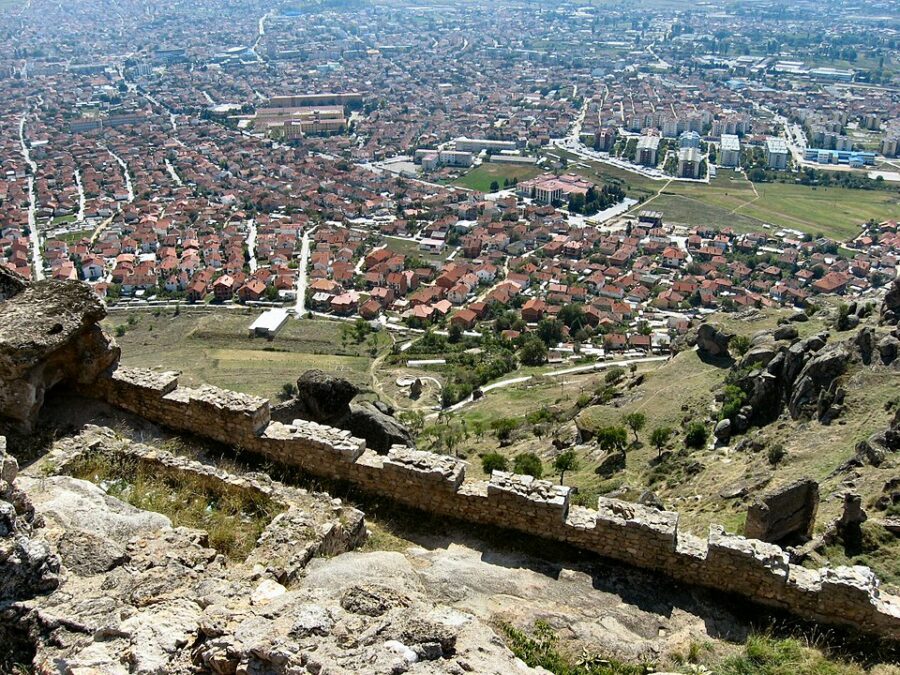
Markovi Kuli (Marko’s Towers) is an archaeological web site overlooking town of Prilep. This web site was named after medieval Prince Marko Mrnjavcevic, who was generally known as a protector of town.
A number of artifacts that date again to Roman instances have been found, however the web site is especially related to being the place the place Vukasin’s palace was located. The location had a number of towers, gates, buildings, and even a church. After the demise of Prince Marko, the fort was conquered by the Ottomans.
At this time, Marko’s Towers are one of the picturesque and interesting vacationer points of interest in Prilep.
Vardar Hill, Gevgelija
Vardar Hill (Vardarski Rid) is among the most fascinating archaeological websites in Southern Macedonia. The location options the remnants of an historical city that dates again to the early Roman period and quite a few artifacts that date again to as early because the 13th century B.C. Excavations have revealed that town had a number of giant buildings, a monumental stoa, and an acropolis.
At this time, Vardar Hill is a well-liked picnic vacation spot amongst locals. Nonetheless, the native authorities are constructing higher vacationer amenities across the web site and creating trails and informational boards to draw extra vacationers.
Heraclea Lyncestis, Bitola
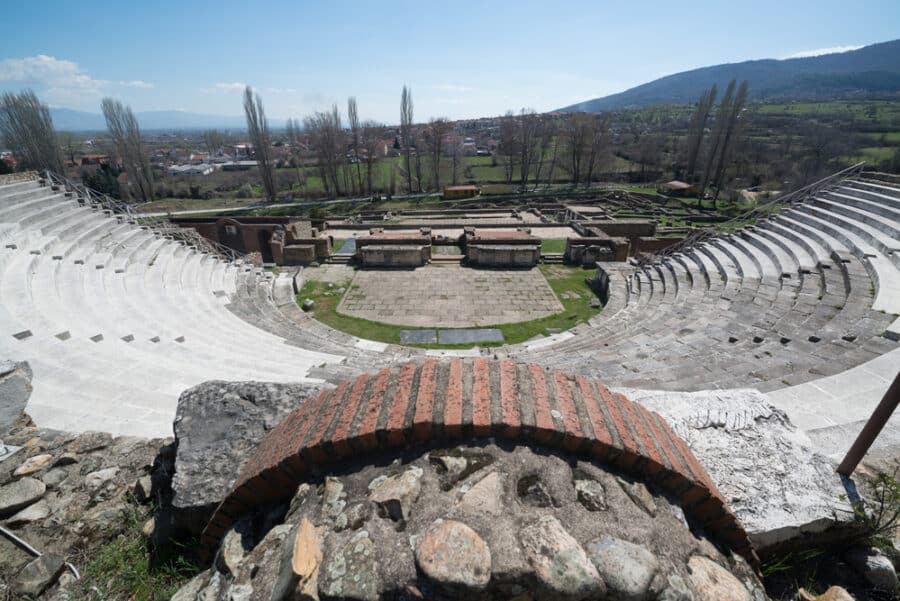
Town of Heraclea was based by Phillip II of Macedon (father of Alexander the Nice) within the 4th century B.C. After the autumn of the Macedon Kingdom, town was one of the important stops on By way of Egnatia (one of many oldest roads within the area).
Heraclea turned an necessary Episcopal seat in the course of the early Christian Period and was later conquered in the course of the Slavic Invasion.
At this time, Heraclea is part of the fashionable metropolis of Bitola, and its fascinating, well-preserved mosaics entice numerous guests from completely different components of the world.
Historical Theater, Ohrid
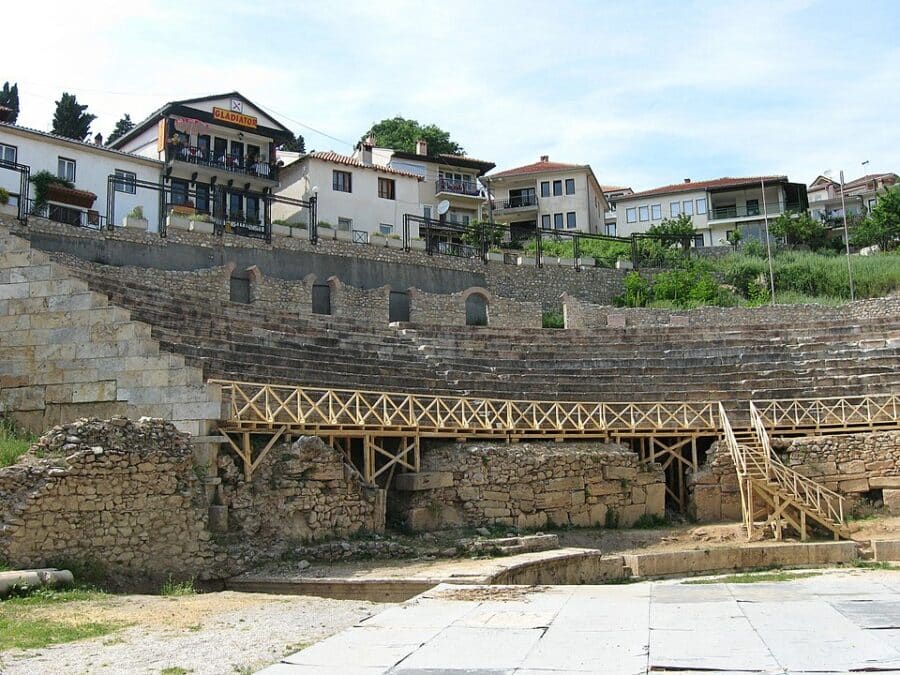
The Historical Theater in Ohrid is the one Hellenistic amphitheater in Macedonia (all different remaining amphitheaters are Roman). Sadly, as a result of solely the decrease portion of the theater remains to be standing, it’s troublesome to inform the theater’s capability.
The theater is constructed on the excellent location, surrounded by two hills that reduce the results of winds and provides the entire space unimaginable pure acoustics. There are some indications that this amphitheater was used for gladiator fights and Christian executions.
At this time, the traditional amphitheater is situated in one of the touristy neighborhoods in Macedonia – Ohrid’s Previous City. It is visited by 1000’s of individuals yearly and hosts a myriad of performs, live shows, and different manifestations.
Isar, Stip
Isar Fortress is to Stip what Kale is to Skopje. It’s one of the well-known landmarks within the metropolis and one of many city’s greatest viewpoints. It’s situated 160 meters above sea stage and was town’s administrative heart for hundreds of years. Excavations have proven that the fort had partitions that have been at the least 50 meters tall, 4 excessive towers on each aspect of the fort, and an underground tunnel resulting in the Bregalnica Riverbank.
At this time, Isar is among the hottest locations in Stip and a spot that hosts numerous native festivities and celebrations.
Carevi Kuli, Strumica
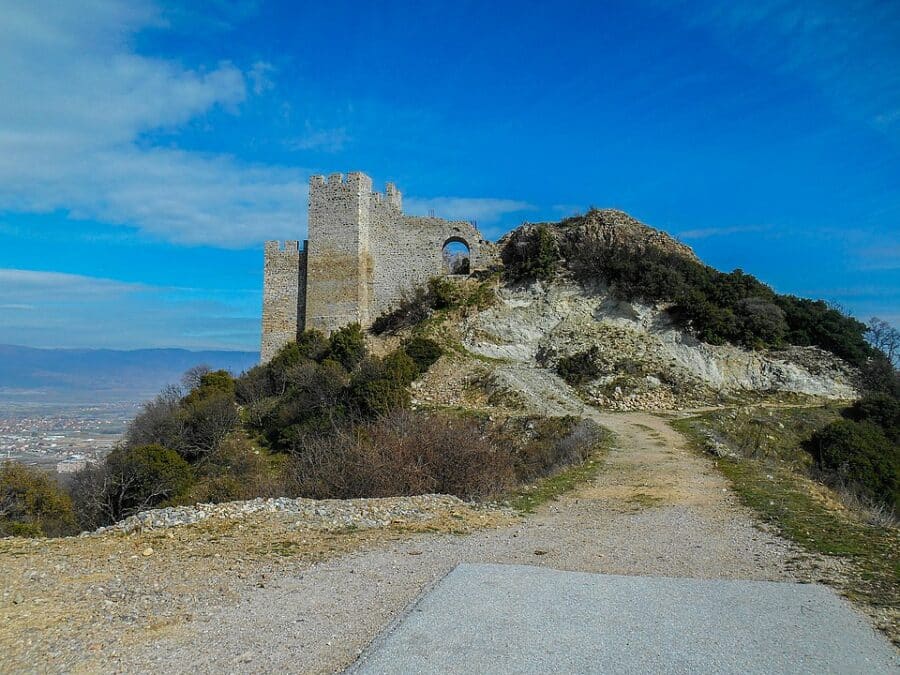
Carevi Kuli is an archaeological web site that overlooks town of Strumica. This was as soon as a fort that was very troublesome to overcome as a consequence of its glorious location. The location is situated 450 meters above sea stage, it isn’t simply accessible, and it allowed a transparent view of the complete area to whoever had management of it.
At this time, Carevi Kuli may be very well-liked amongst locals who like trekking and taking lengthy walks, and from right here, you will get among the most wonderful views from the colourful metropolis of Strumica.
Bargala, Karbinci
Bargala is a Byzantine fortified city situated 12 kilometers east of the Stip metropolis that dates again to the 4th century A.D. when this web site was used as a Roman army camp. After the autumn of the Japanese Roman Empire and the Byzantine empire’s rise, town flourished, particularly in the course of the rule of Justinian I.; town had 20 statement towers, two Roman baths, and an episcopal basilica.
At this time, this archaeological web site is situated in the midst of nowhere, but it surely’s simply accessible and linked with an asphalted street. For those who’d prefer to get the prospect to see some previous, uncommon, Byzantine mosaics, you positively shouldn’t miss visiting Bargala.
Did you want this listing of the perfect archaeological websites in Macedonia? Which one among these archaeological websites appeared most attention-grabbing? Please tell us within the feedback under!
MORE MACEDONIA TRAVEL BLOGS
Share